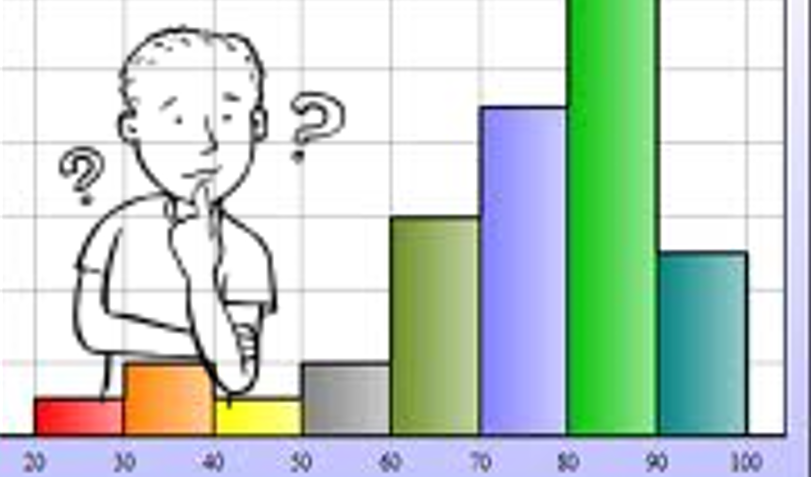Submitted by: Tierny Barksdale
Collaborators: William Berry (ITRT)
School: Moody Middle School
Summary
During this lesson, the students explore practical uses for linear equations and scatterplots. Students use these mathematical concepts to help them develop and market a new product to their peers. The lesson begins by utilizing Activ Engage to introduce scatterplots, discuss the use of survey data as a marketing tool, and to assess student understanding of these concepts. In groups, students develop new products and conduct surveys (through Google Docs) that will help the students formulate successful marketing campaigns for their products. The students use Excel to interpret and visualize the numerical data gathered by their surveys. The groups then use their survey data to identify relationships between variables and calculate linear equations that summarize the survey results. Based on their analysis of the survey data, the students develop a marketing “pitch” (presentation) that the students will use to sell their product. The students present their “pitches” to the “board of directors” for their company (the rest of the class) and justify their marketing decisions through mathematical terms. Throughout the assignment, the students continuously reflect on the marketing process and its connection to mathematical concepts.
** Editorial Note – Although this lesson was originally completed in a relatively short period of time, it could be extended as a project and taught alongside an entire unit on linear equations. Extending the project would give students more time to create entire marketing campaigns rather than individual advertisements. This lesson could also be adapted to include more mathematical concepts such as standard deviation, measures of central tendency, etc. dependent on the goals of the teacher. **
TIPC Ratings
Ideal – 7
In order to market their product effectively, the students must develop, discuss, and critique research questions for their surveys. After completing this research, the students synthesize data from their Google Doc surveys to develop a focus for their marketing campaign and justify their marketing decisions. Creating a marketing campaign for a new product is an example of an authentic task; the students are applying curriculum based knowledge to a real world scenario. In their reflection log, the students reflect on their survey questions in order to document how their research techniques would be different in a future scenario.
Approaching – 5
The students form teams in order to address an authentic task. These teams are created based on criteria related to the assignment itself; the students are placed into groups based on their idea of a product to market. This enables the students to work together towards a common goal. The students also establish group norms throughout the assignment. During the survey creation, certain students accepted the task of dealing with the technology component (GoogleDocs), while other group members discussed the rationalization for their survey questions. Finally, the assignment incorporates a number of digital tools that foster collaboration amongst the students – GoogleDocs, ActiveEngage, and SchoolSpace discussion boards. This strand could be emphasized even further in the future if the students use GoogleDocs to poll the entire school, another student body, or market their product towards a different group, such as a group of elementary school students or even their parents.
Target – 7
Students examine their survey data in order to select the most appropriate tools and techniques to market their products, which is an open-ended task that requires higher level thinking. The final piece of the lesson, the discussion board posts, asks students to reflect on the initial lesson question – what is the purpose of surveys and why do businesses spend so much money on them? By comparing their answers to the same question at the start and the end of the lesson, the students become aware of own thinking processes and how they change over time based upon their experiences.
Ideal – 6
The students not only analyze trends and make predictions, but also synthesize the survey data in order to market a completely new product. The students were encouraged to use a variety of creative digital tools to present their marketing campaign and create an advertisement for their product in the manner that they believed to be the best. Some of the tools that the students chose to use included Prezi, PowerPoint, Windows Moviemaker, and Photoshop.
Student Artifact
Download Files
H21 Lesson Documents – Marketing with Linear Equations
Contents:
- H21 Lesson Plan
- Linear Equations and Marketing PowerPoint (Includes ActivEngage Questions)
- Marketing with Linear Equations – Daily Task Checksheet
- Marketing with Linear Equations – Project Rubric
- Board Meeting Notes Document
- Student Work




